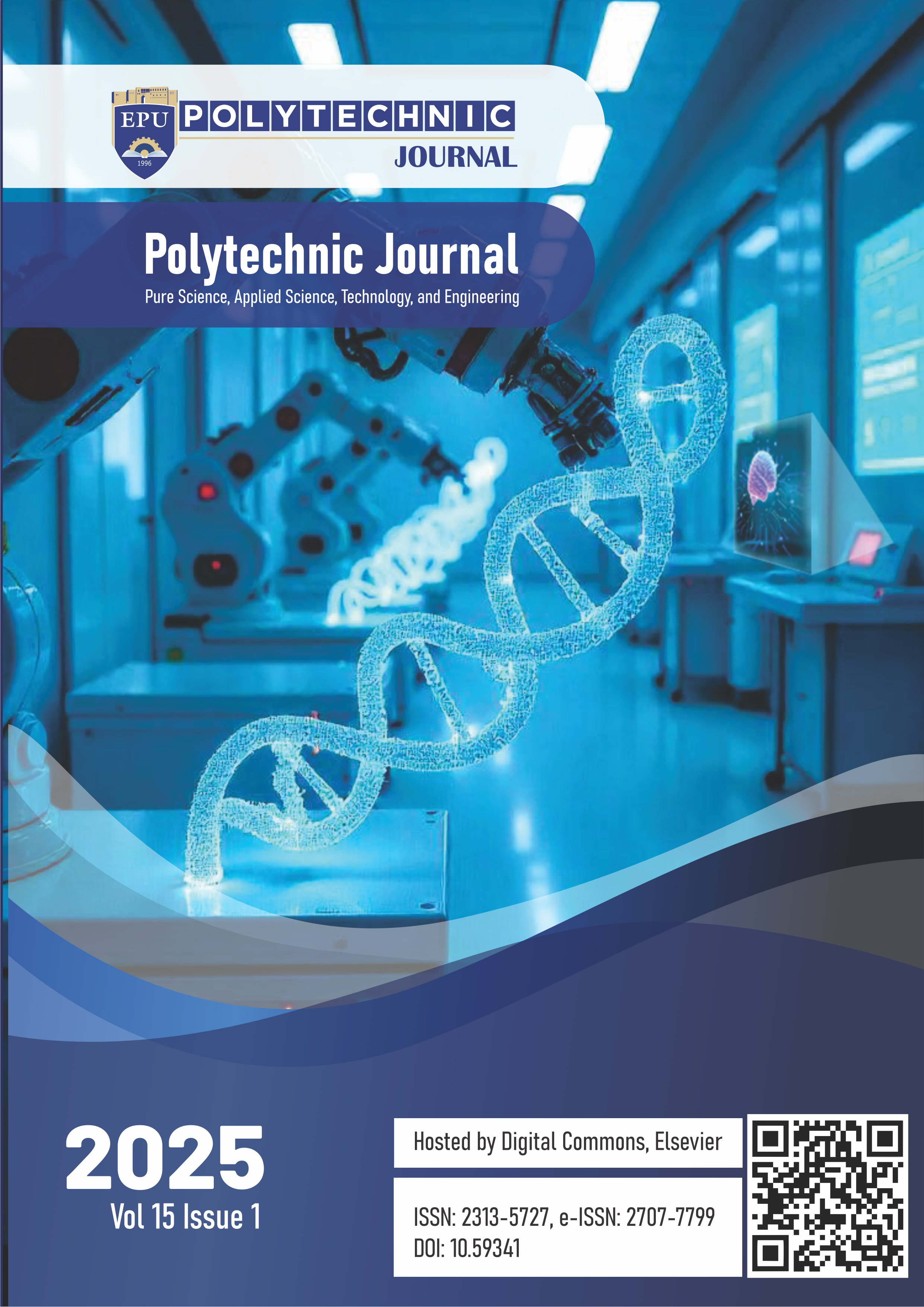An Attention-based Model for Recognition of Facial Expressions Using CNN-BiLSTM
Keywords:
Facial expression recognition, CNN, BiLSTM, Attention model, Data preprocessing, Global contrast normalizationAbstract
In recent studies, computer vision and human-computer interaction have focused heavily on facial expression
recognition (FER). Traditional deep learning algorithms have faced significant challenges when processing images with
occlusion, uneven lighting, and positional inconsistencies and addressing dataset imbalances. These issues often result
in low accuracy, unreliable recognition rates, and slow convergence. To address the challenges posed by non-frontal
visual features, this study proposes a hybrid model that fusion of Convolutional Neural Networks (CNN) and Bidirectional Long Short-Term Memory (BiLSTM), augmented with a point multiplication attention model and Linear
Discriminant Analysis (LDA). Data preparation incorporates median filtering and global contrast normalization to
enhance image quality. The model then utilizes DenseNet and Softmax for image reconstruction, improving feature
maps and providing essential data for classification tasks on the FER2013 and CK þ datasets. We benchmark our proposed model against conventional models such as Convolutional Neural Networks- Long Short-Term Memory (CNNLSTM), Depthwise Separable Convolutional Neural Networks- Long Short-Term Memory (DSCNN-LSTM), Convolutional Neural Network-Bidirectional Long Short-Term Memory (CNN-BiLSTM), and Attention Convolutional Neural
Network - Long Short-Term Memory (ACNN-LSTM), evaluating performance metrics including F1 score, accuracy,
precision, and recall. The results demonstrate that our proposed model outperforms existing approaches, highlighting
the effectiveness of incorporating attention paradigms, hybrid deep learning architectures, and advanced preprocessing
methods for facial emotion detection. The non-parametric statistical test also analyzes it.

